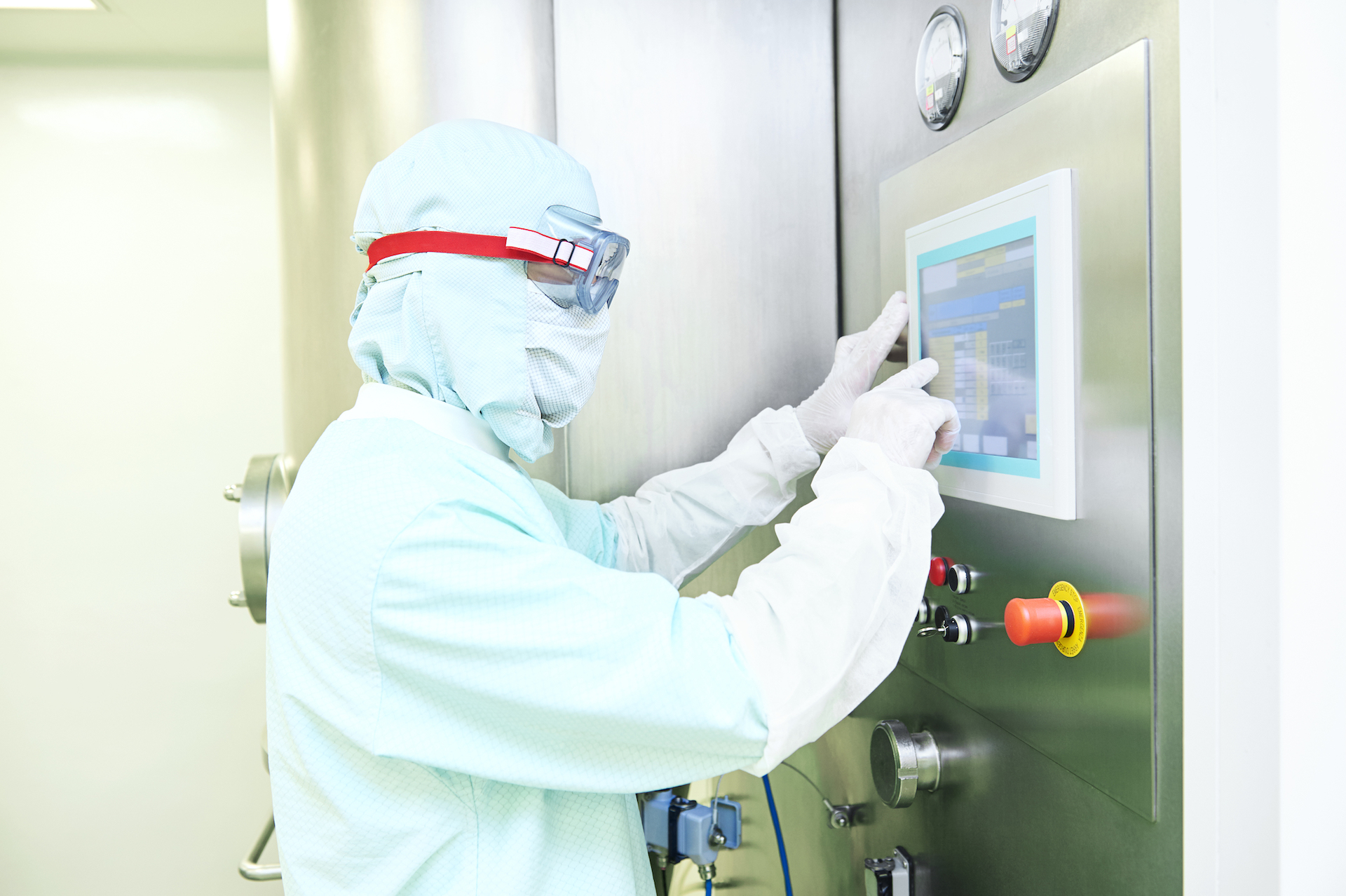Scaling up manufacturing processes from development to commercial scale help pharmaceutical companies meet rising patient demands, but ensuring regulatory compliance, safety and consistent quality of drug products can involve a lot of challenges. A pharmaceutical manufacturing process encompasses several unit operations and the process variables that are set to carry out each of these operations impact the quality of the final product. It is therefore important that a tactical and controlled approach is in place to carefully choose the process variables upon change in batch size so that the drug product persistently conform to the desired critical quality attributes (CQA). Granulation, an important process in the manufacturing of tablets or pellets which involves agglomeration of small powder particles to form granules, in particular, is considerably affected by change in batch size on amending process parameters and instrument geometry.
Based on the type of process chosen for granulation, (such as high shear granulation, fluidised bed granulation or twin-screw granulation) the process variables can vary. Usually, the process variables related to the force exerted on the granules (such as impeller speed and chopper speed) and the binders (such as binder quantity, binder fluid viscosity and spray mode) can greatly control the CQAs of granules. Therefore, its technology transfer from bench to production floor calls for careful modification of the process variables based on thorough understanding of the process and application of a systemic approach.
In recent years, advanced process control and other advanced manufacturing concepts have generated deep interest among pharmaceutical manufacturers. There has been an obvious shift in the way they are approaching scale-up simulation. The article aims to discuss one of the advanced model-based approaches that can be used for wet granulation – Process Analytical Technology (PAT)
PAT-based Modelling
According to the PAT-based model, the process parameters can be regulated in real time to acquire the target CQAs, irrespective of the batch scale of a process, the instrument geometry or the material characteristics. This method is capable of enhancing operational efficiencies, capacity utilisation and process understanding.
Conventionally prevalent quality analysis procedures are usually destructive, are often quite cumbersome and are typically performed on a sample. Product quality can be analysed in real time using PAT as it has already been introduced in the pharmaceutical industry. In addition, it may present insights into the process mechanism to improve drug product quality.
Scale-up with PAT-based Model
Commonly used PAT tools to analyse pharmaceutical granulation are:
- Power consumption is a monitoring method for high-shear wet granulation using a high-speed mixer. Power spectral specific peaks obtained by fast Fourier transform analysis of power consumption can be used to assess the quantitative relation between peak intensity change and granule growth. It is possible to monitor the power consumption curve and compare the different batch sizes of the granulation process.
- Raman chemical mapping can be used for identification of content uniformity which is in an important quality attribute of granules, for example by studying the change and distribution of intragranular binders. It employs a non-destructive method and can be performed in situ without preparing any sample in the manufacturing floor.
- Near-infrared spectroscopy (NIR) can be used to monitor scale-up of wet granulation. It can measure the CQAs of granules such as moisture content and content uniformity and provide information in a non-destructive and quick manner. For example, determining the moisture content of granulation by NIR spectra can help indicate end-point of fluidized bed granulation regardless of batch-size.
Conclusion
The U.S. FDA has been urging pharmaceutical producers to adopt risk-based manufacturing approaches by implementing Quality by Design (QbD) and PAT which can greatly improve process robustness. Real-time monitoring PAT tools used to identify CQAs can significantly reduce the probability of process failure by adjusting process parameters in-process to achieve the desired quality, guarantee it consistently and shorten the time required to analyse CQAs.

